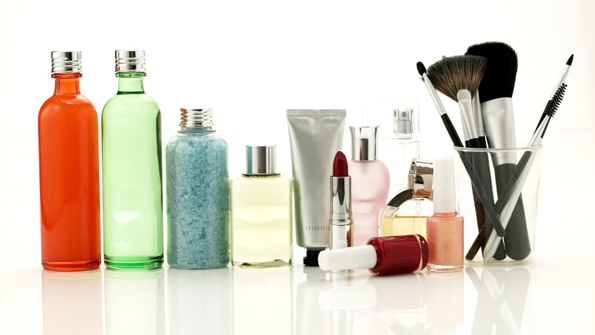Industry leaders met to discuss metrics for sustainability, novel sources for active ingredients, ethical labeling, social media marketing and more.
November 23, 2015

The European edition of the Sustainable Cosmetics Summit drew to a successful close at the end of October, bringing together 140 delegates from the beauty industry. Discussions over the 3-day summit centered on sustainability metrics, ethical labels, green materials and digital marketing.
Bruce Lourie, a leading Canadian environmentalist and author, kicked off the summit with a keynote on safe cosmetics. He called for a clean-up of personal care formulations, stating the possible health risks of contentious chemicals. Subsequent speakers looked at the practical use of metrics for sustainability. Claude Fromageot stated metrics have improved the environmental and social footprint of all Yves Rocher products. The company’s sustainability activities include growing organic ingredients, ethical sourcing, eco-design of packaging and waste management.
Stephane Lecoutiere from BASF gave details of its new Sustainable Solution Steering approach. It categorizes cosmetic ingredients according to their sustainability credentials, with accelerators providing highest value. Neal’s Yard Remedies shared its experiences in becoming the first carbon neutral retailer in the UK. With over half its carbon footprint from its premises, the company has built an eco-factory to minimise energy use. Martin Clemesha from Braskem showed how cosmetic brands can reduce their packaging impacts by using green polyethylene made from sugar cane.
Novel sources of active ingredients were featured in the Green Materials session. Chris Kilham, sustainability ambassador of Naturex, showed how trees can become a source of new actives. Quillaja and Dragon’s Blood were given as examples of two actives with green credentials. Marinova outlined the opportunities provided by marine extracts; the Australian company is producing actives from hand-harvested organic wild seaweed. Active Concepts highlighted the use of plant cell technology, whilst JRS showed how cellulose is a viable green alternative to polyethylene beads in exfoliants.
A keynote from Peter Brändle, regional director of Western Europe of Weleda, started the Ethical Labels session. With a proliferation in the number of labeling schemes, Brändle said it was more important for cosmetic brands to have a green ethos than adopt multiple logos. Urtekram highlighted the issues involved in adopting various standards; the Danish company has adopted the Ecocert/Cosmos, Nordic Swan, Vegan Society, Fairtrade and Asthma Allergy Certified labels. According to their R&D manager Tom Hornshøj-Møller, multiple standards create too many restrictions with little overlap between certification criteria. Amarjit Sahota, president of Organic Monitor, called for some harmonization of existing standards otherwise proliferation could dampen consumer demand. Citing Organic Monitor research, logos & symbols were no guarantee of success in the increasing competitive natural cosmetics market.
The Digital Marketing session explored the opportunities provided by social media. With over 70 percent of European consumers now internet users, David Dewilde from Disko Paris believes cosmetic brands can’t risk lagging behind the digital revolution. He stated a common mistake for brands is to focus on the product (and not the people) in digital marketing activities. Richard Stacy echoed this sentiment, stating social media enables brands to undertake individualized marketing. He believes algorithms could make marketing redundant in the future. LoveLula shared its experiences in online retailing for natural and organic cosmetics; the company has added traditional brick-and-mortar retailing to complement its online business.
The summit shed light on some of the sustainability shortcomings in the cosmetics industry. With the highest environmental impact of many products at use phase, what can be done to encourage responsible consumption of cosmetics? How can consumers be encouraged to undertake sustainable purchases? How can greater traceability be provided in ingredient supply chains? What can be done to reduce the packaging footprint of cosmetic products? How can the technical issues of using natural ingredients be overcome? What green alternatives are emerging to replace contentious synthetic materials? Such questions will be addressed in the 2016 editions of the Sustainable Cosmetics Summit.
You May Also Like


